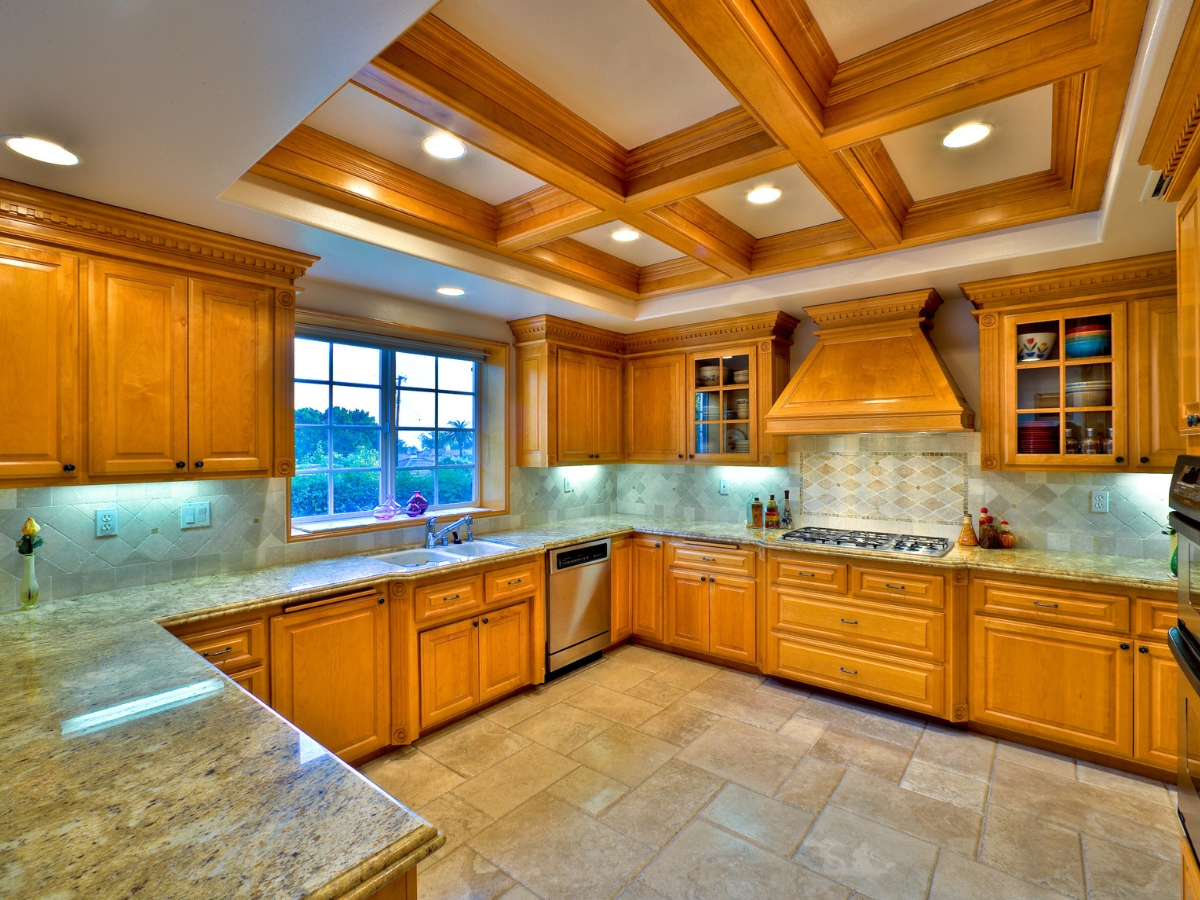
Ductless air conditioning systems, also referred to as mini-splits, represent a transformative approach to heating and cooling—offering zoned climate control, real-time energy responsiveness, and streamlined installation. Whether retrofitting an older property or optimizing new construction, ductless systems integrate advanced inverter technologies.
How Ductless Systems Work?
A typical ductless system includes an outdoor compressor and one or more indoor air handlers that connect via slim refrigerant lines. Upon cooling, only the necessary compressor speed is deployed—curbing energy waste and ensuring a precise indoor temperature ([real-time inverter modulation](https://www.trueblueac.com/blog/what-innovations-are-present-in-modern-ductless-ac-units/) ). Indoor handlers can be wall-, ceiling-, or floor-mounted, offering adaptable options for tight spaces or unique layouts.
Real-Time Efficiency with Inverter Technology
Inverter compressors modulate output continuously based on demand—unlike fixed-speed units that cycle on and off. This dynamic performance boosts the SEER rating and minimizes energy waste from temperature swings. Some systems now even achieve SEER ratings above 40 through this modulation ([maximum SEER performance](https://en.wikipedia.org/wiki/Seasonal_energy_efficiency_ratio) ). Such smart operation, combined with intelligent sensors (e.g., occupancy-based airflow adjustments), enables real-time optimization.
Zoned Comfort and Installation Flexibility
Mini-split systems excel at delivering tailored temperatures per room—each zone can be managed independently. Ideal for retrofits or spaces without ducts, these systems come in various forms, including low-wall, ceiling cassette, and floor units. Providers like Mitsubishi offer multi-zone systems, while Senville provides budget-friendly single- and multi-zone options. Even ceiling-cassette units deliver unobtrusive integration for modern interiors.
Smart Controls & Real-Time Monitoring
Modern mini-splits now feature real-time controls—including IoT interfaces and smart thermostat compatibility—allowing users to adjust climate settings remotely and receive system analytics. Algorithms can learn usage patterns and occupancy, adjusting performance proactively. For example, predictive scheduling minimizes energy draw while maintaining comfort levels and alerts notify maintenance needs before problems escalate.
Energy Savings & Environmental Impact
By transferring heat rather than generating it, ductless heat pumps significantly reduce energy consumption—particularly in heating modes. With no duct losses to frustrate performance, and enhanced inverter efficiency, these units consistently outpace conventional systems in both cost-effectiveness and eco-impact. ENERGY STAR-certified units, such as those from top manufacturers, underscore this advantage.
Models, Providers, and Options
When choosing a ductless system, brand and model options offer meaningful differences:
- Mitsubishi: Known for Hyper-Heating INVERTER units and i-see Sensor™, offering strong performance in extreme environments.
- Daikin (VRF systems): Daikin’s variable refrigerant flow systems allow highly granular zoning, enabling both heating and cooling in different zones simultaneously with superior energy efficiency.
- Senville: Offers reliable, accessible single- and multi-zone units ideal for budget-conscious settings, including floor, wall, and cassette options.
- Emerging brands like Carrier, Gree, Goodman and others provide a breadth of models with various features, capacities, and inverter configurations—expanding choice for varied needs.
Technicians on forums consistently cite Mitsubishi, Daikin, Fujitsu, Gree, and Midea among the top performers based on reliability, software stability, and global support networks.
Comparative Benefits Over Conventional Systems
Ductless systems outperform traditional HVAC by eliminating duct-loss inefficiencies, simplifying installation, reducing noise, and allowing for room-by-room climate control. With inverter-based modulation, they maintain tighter temperature control and improve long-term energy usage.
Real-Time Data in Action
Real-time data enables proactive operation: predictive maintenance, occupancy-based HVAC behavior, and performance trend insights that help optimize energy usage and user comfort over time.
Conclusion
Ductless air conditioning provides precision comfort, smart energy management, and installation flexibility. Backed by real-time inverter performance, multiple trusted providers, and smart integration, they offer an efficient, user-centric HVAC option free from duct-related limitations. Whether choosing advanced models from Mitsubishi, zoned VRF from Daikin, or cost-effective Senville units, these systems represent a sustainable upgrade in heating and cooling real-time performance.



